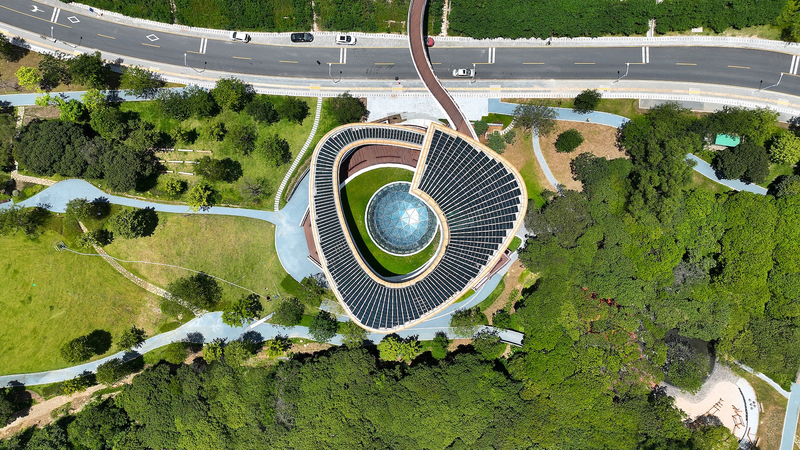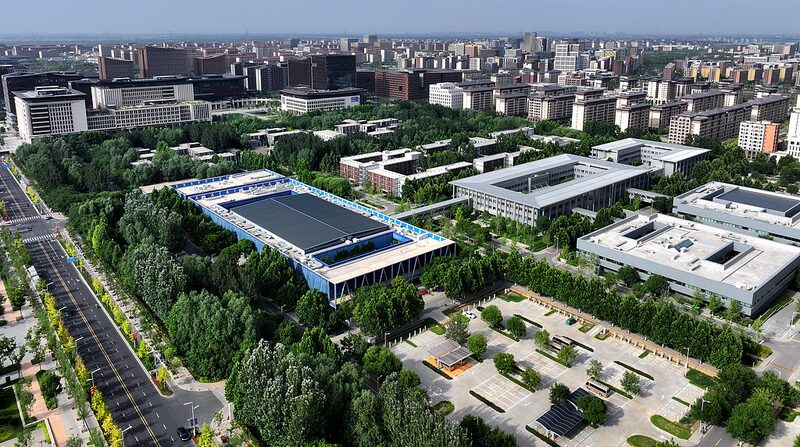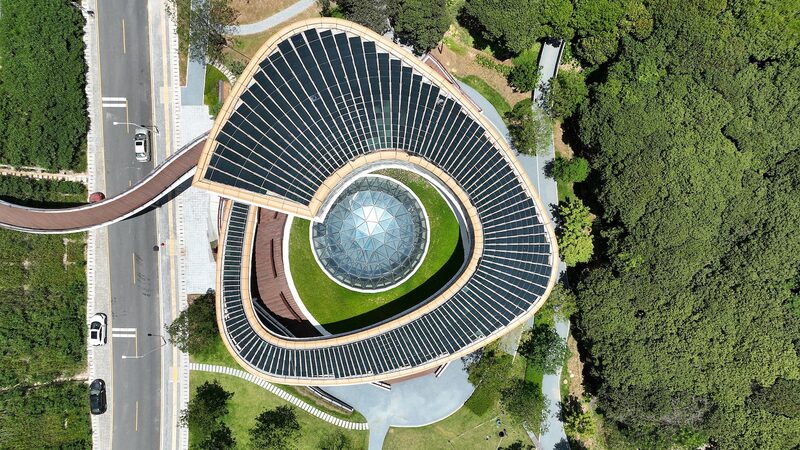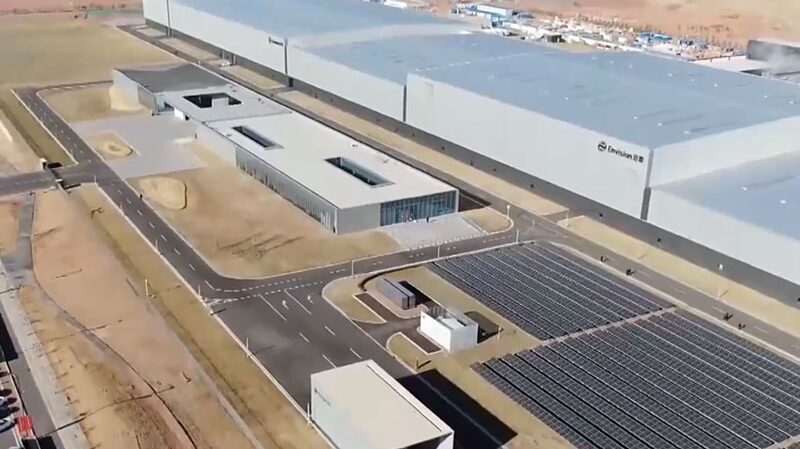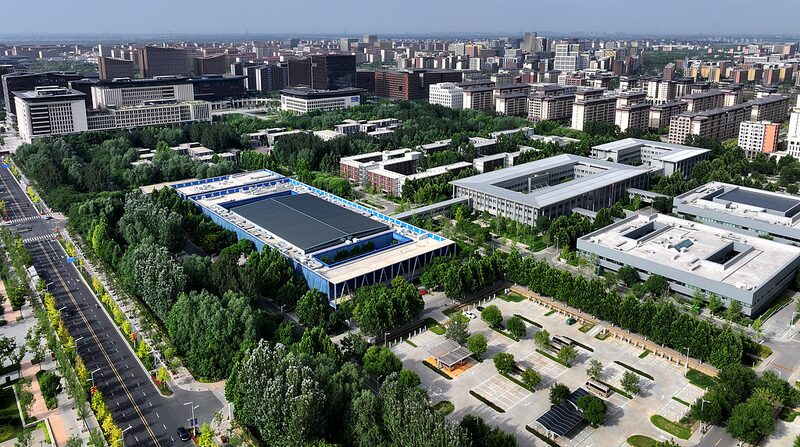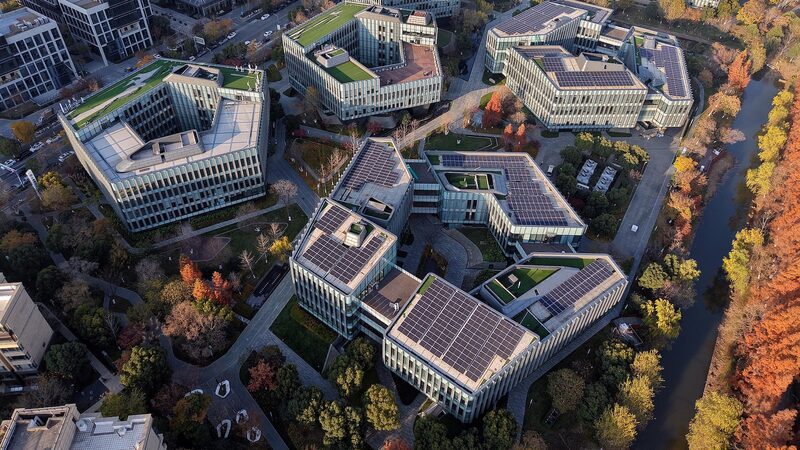As global climate commitments intensify, China’s urban centers and industrial hubs are emerging as laboratories for green innovation. A wave of eco-conscious projects is redefining development priorities, blending technology with environmental stewardship to meet ambitious carbon neutrality goals.
Reimagining Urban Spaces
Smart zero-carbon parks in Xiongan New Area now utilize AI-powered energy grids, reducing emissions by 62% compared to traditional industrial zones. Shanghai’s skyline features 45% certified green buildings, with advanced ventilation systems cutting annual electricity consumption by 1.3 billion kWh—equivalent to powering 1.7 million homes.
Transportation Transformed
Shenzhen leads with over 22,000 electric buses and 24,000 taxis in its public transit fleet, improving urban air quality while servicing 15 million daily commuters. Industry analysts predict this model could prevent 8 million tons of CO2 emissions annually if adopted nationwide by 2030.
Energy Evolution
In Zhejiang province, a floating solar farm spanning 240 football fields powers 100,000 households through innovative photovoltaic panels. Regional coal consumption has dropped 28% since 2018, while renewable energy capacity grew by 89% in the same period, according to the Ministry of Ecology and Environment.
Collaborative Momentum
These developments align with the national 14th Five-Year Plan's emphasis on “quality growth.” Over 300 multinational corporations have partnered with Chinese firms on green tech R&D since 2020, creating what Goldman Sachs analysts term “the world’s largest sustainability investment ecosystem.”
Reference(s):
cgtn.com
